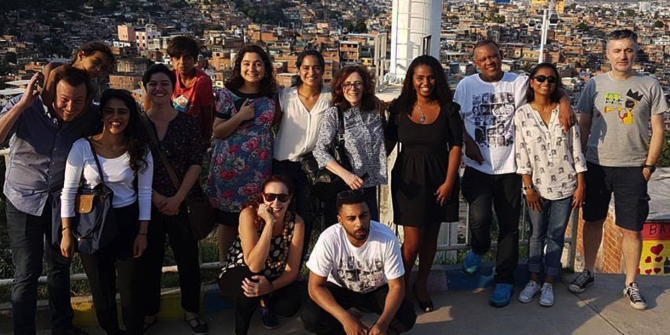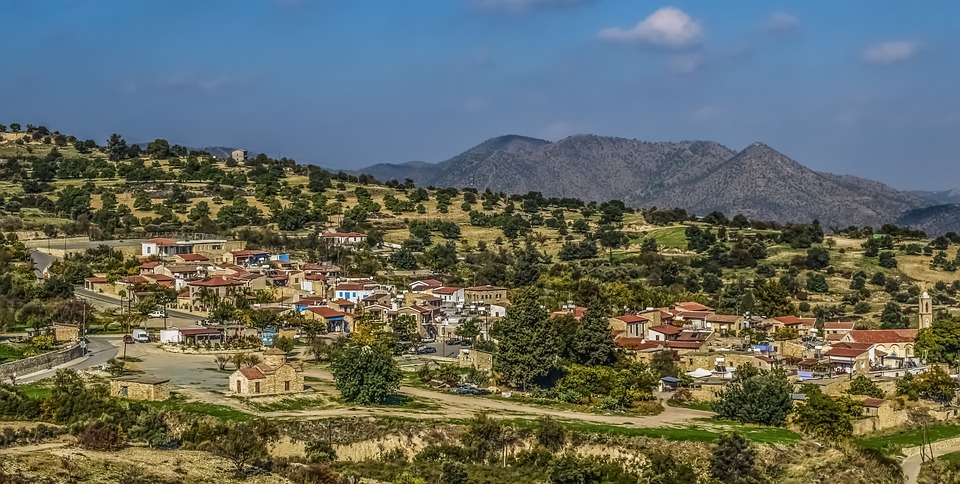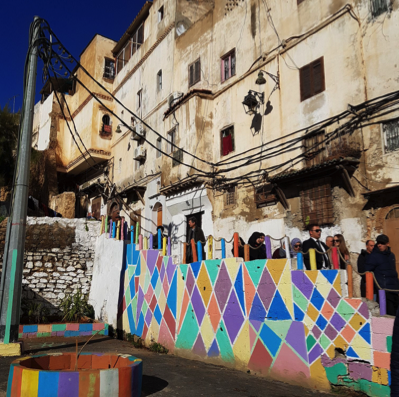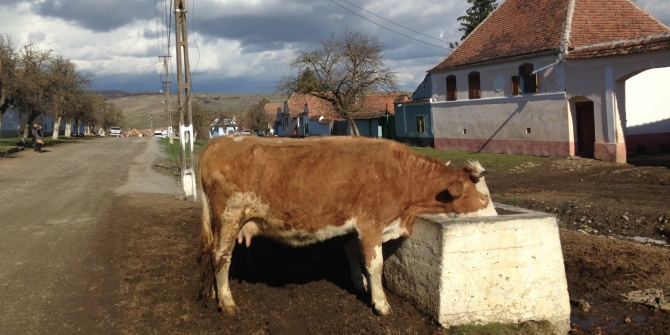March 6, 2018*
Sandra Jovchelovitch and Jacqueline Priego-Hernandez

With half of humanity now living in urban areas, it is no accident that the 21st century is considered the century of cities. Urbanization has transformed human lives and cities are major drivers of economic, social and cultural development. Yet, the positive power of urbanization has not eroded poverty, exclusion and inequality and, across the globe, the contemporary city remains a space of walls and sharp territorial boundaries. For many, at a global scale, the right to the city is moderated by the socioeconomic and psychological consequences of where in the city they live.
Understanding the territoriality of the modern city is central for making cities and human settlements inclusive, safe, resilient and sustainable and addressing the challenges of delivering the United Nations’ 2030 Agenda for Sustainable Development. Territories are a complex combination of geographic, socioeconomic, architectural and political variables, where top-down determinants meet the psychological agency of communities and individuals. Today, and since times immemorial, humans are historical and psychological agents who adapt and build the environment in ways that create and express identity, cultural traditions and power.
These and other issues were recently discussed at the International Expert Meeting on the Conservation and Revitalisation of the Kasbah of Algiers. Organised by UNESCO under the auspices of the Japanese Government, the event sought to discuss the conservation and management of the Kasbah, informed by a number of international case studies including the cities of Havana, Barcelona, Jerusalem, Istanbul and Rio de Janeiro. Combining urban, architectural and social lenses, we joined the conversation from the perspective of social and cultural psychology and presented our research on underground sociabilities, porosity of city borders and bottom-up social development in the favelas of Rio de Janeiro.

The Kasbah of Algiers was listed as a World Heritage site in 1992. It is considered of outstanding universal value and exemplary of a space where a dense population coexists with multiple architectural forms in a complex and original urban system that has adapted remarkably well to a hilly and uneven site. The term Kasbah originally designated the highest point of the medina and today it applies to the ensemble of the old town of El Djazair, which dates back to the Ottoman period. A key element of urban citizenship in the Arab world, the cultural heritage of the medinas is considered a vital source of diversity. Both its morphology and typology are seen as potential avenues for rethinking urban models; they are dense, compact and mainly pedestrianized. Importantly, they contain a rich and diversified sociability, combining traditional and contemporary elements to form a proud mosaic of human experience that thrives at the margins of the city. As such, the Kasbah, just like the favelas of Rio de Janeiro and other peripheral communities around the world, has much to teach to the wider public sphere of the city and the policy-makers tackling the challenges of urban transformations.
Central to what we learned in Rio de Janeiro, and across the porous borders of Sao Paulo, Porto Alegre and Fortaleza in Brazil is that, when it comes to urban transformations, urban planners, architects and policy makers propose and human communities dispose. Transforming urban space for the better requires knowledge and interaction with human communities as they relate to their neighbourhoods and build the ground in which individuals grow up and come to understand themselves, their ‘hood’ and the wider city. Their perceptions, behaviour, dreams and aspirations need to be studied and recognised as a crucial source of urban knowledge. Indeed the local knowledge they hold is a form of expertise without which urban transformations remain partial and unsustainable. For those living in the periphery this is particularly true given the troubled legacy of policies that displaced and at times completely erased unwanted urban settlements.
We use the word ‘periphery’ to designate those places that are resource challenged in social, economic and structural terms—places out of the ‘centre stage’, unfamiliar to the mainstream and historically far from the priorities of standard policy-making. While these are frequently situated at the margins of cities, they can also be located at its very heart, as is the case of favelas such as Cantagalo, Vidigal and Rocinha in Rio de Janeiro, and the Kasbah of Algiers.

Our field visit to the Kasbah offered a rich overview of the realities of the community and its inhabitants. Living conditions are challenging and include a wide range of urban risks related to sanitation, water, electricity, the collapse of buildings, empty and ruined plots, very high density and population turnover as well as disruption and loss of traditional knowledge and conservation techniques. Yet, in line with our findings in Brazil, the people of the Kasbah—and its youth in particular—respond creatively through everyday practices in informal transformations, artistic expression, collective mobilisation and other underground subversions of marginality.
In the interaction of communities with place, we were reminded of the same issues of attachment, belonging and capacity building we studied in the favelas of Rio. There, grassroots organisations focus on three main strategies for bottom-up social development:
- A focus on individual and communities: challenging traditional conceptions of social development that focus mainly on societal development, favela communities pay attention to each individual life and work strengthening the self and its competencies.
- Using culture and the imagination: this is a major tool to connect the city and subvert negative stereotypes about the community, using storytelling and the arts to showcase the diversity of its people and experience.
- Acting on frontiers: action on the flexibility of urban frontiers challenges rigid separations and builds tools that increase the porosity of city borders and enlarge communication and crossings in the city.
This model, grown in the periphery, informs practices that have helped to build not only positive developmental pathways that enhance self-esteem and keep favela children and youth away from drug trafficking and criminality, but also the development of the physical and political public sphere, expressed in the revitalisation of the built environment and the expression of voice. Our visit to the Kasbah corroborates this model and suggests that it can be transferred and contextually adapted because each one of its dimensions are universal potentials of our shared human experience.
Sandra Jovchelovitch and Jacqueline Priego-Hernandez are currently working on the ESRC-funded project, Resilience and Porosity of City Borders: A Psychosocial Investigation in Three Brazilian Cities. The images included the blog are those of the authors.
*This blog post was originally published on the Urban Transformations blog on 6 March 2018. You can view the original blog entry here. All permissions were given to re-post this blog entry.





